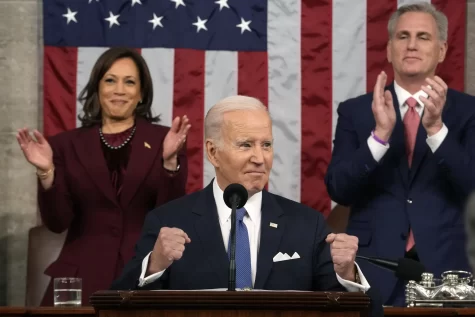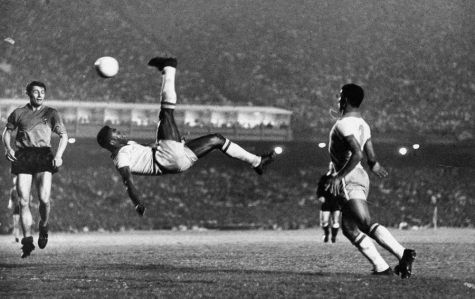Partnership keeps streets ‘S.A.F.E.’
By Katie Meisener
Contributing Reporter
Oakland University and Auburn Hills Police officers have joined forces in an effort to reduce automobile crashes at intersections surrounding Oakland University.
S.A.F.E. (Stop Accidents From Escalating) Streets is a citywide program, developed by the Auburn Hills Police Department in 2004 as a result of a significant escalation of automobile crashes in Auburn Hills, Sgt. G. Steve Groehn of the AHPD explained.
The AHPD contacted the OUPD in spring of 2008 regarding a partnership with S.A.F.E. Streets given that OU faculty and students account for a significant portion of traffic in Auburn Hills.
Both police departments dispatch up to five officers to the targeted intersections, generally during peak traffic hours, and write citations to drivers found to be violating traffic laws. Signs are posted at every leg of an intersection, warning drivers that there is enforcement ahead.
Speeding, failing to yield or stop, safety belt enforcement, following too closely and aggressive lane changing are violations that officers are targeting.
According to Sgt. Terry Ross of the OUPD, education is key. Ross is tapping into available outlets, such as the OU website, to inform students and faculty that officers are targeting nearby intersections.
“The main goal is to obviously reduce crashes, not to just write tickets,” said Officer Bryan M. Eftink of the AHPD.
The program looks at crash rates and causes when targeting an area for violations. An area with a high rate of rear end accidents may be particularly monitored for drivers following too closely and speeding, Groehn explained.
Both police departments use data comparisons for volumes of traffic and crash rates to determine which intersections need to be targeted. According to Groehn, crash rates can be reduced by applying the three E’s: engineering, education and enforcement.
“Education is by far a more effective tool than enforcement,” Groehn said.
During the enforcement times, officers hand out suggestions for safe driving habits and information regarding citations with points.
Traffic engineering is also taken under advisement when making a decision regarding a problem area. If the crash rate in an area is analyzed and it is determined that the engineering is a contributing problem, traffic signs may be installed and the timing of lights may be changed. The city, county and state work together to determine if there is a relevant engineering problem.
S.A.F.E. Streets isn’t only meant to help possible crash victims, but fellow drivers as well. Automobile crashes can triple the time it takes for people to get where they need to go. They not only affect those involved in a crash, but the drivers behind them, Groehn said. A reduction in crashes will result in drivers reaching their destination in a timely, fuel-efficient manner, he explained.
“We are working together to help the community,” Ross said. OUPD officers are modifying their shifts and signing up to work the S.A.F.E. Street zones, according to Ross.
S.A.F.E. Streets does not require extra funding according to Groehn. Funds are reallocated for these types of projects.
According to Groehn, there has been a reduction in crashes and violations since S.A.F.E. Streets was implemented.
OU and AHPD will be monitoring University Drive, between Squirrel and Pontiac Road, and Squirrel Road, between Cross Creek Parkway and Walton Boulevard.











